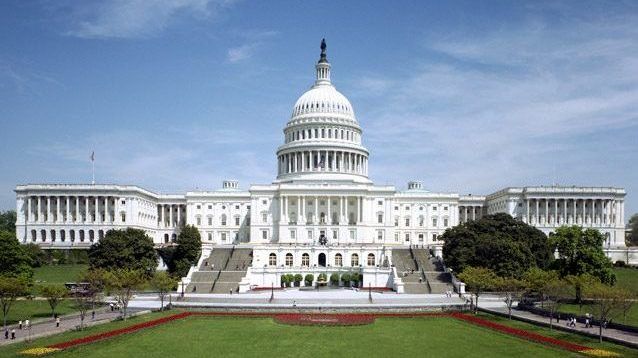
Washington, DC’s German Roots
The iconic U.S. Capitol is instantly recognizable, but did you know that the unique dome was the work of German American architects August G. Schoenborn and Thomas U. Walter? Join us on a fascinating journey of discovery through Washington, DC and its German past!
In November of 2022, YouTube sensation Feli from Germany came to the German American Heritage Foundation & Museum located in the Penn Quarter, DC’s former Little Germany. Together with GAHF’s executive director Katja Sipple, Feli and Ben went exploring to discover the capital’s forgotten German history and sites.
Starting at St. Mary Mother of God Catholic Church, a parish founded by and for Southern German immigrants in the 19th century, our discovery tour included stops at the German American Heritage Museum on 6th Street NW, the District’s Eastern Market, designed by German immigrant Adolf Cluss, a visit to the newly restored German-American Friendship Garden on the National Mall, nestled between the White House and the Washington Monument, the National Archives Building with its pediment sculptures by Adolf Weinmann, the Albert Jaegers Steuben Statue in Lafayette Square, and finally the Petersen House, built and owned by German immigrant tailor Wilhelm Petersen and his wife Anne, which became famous, or perhaps infamous, as the place where President Lincoln died following his assassination. The second day of filming culminated in a trip to the U.S. Capitol with its dramatic dome.
Construction of the Capitol began in 1793. In November 1800, Congress, along with the Library of Congress and the Supreme Court, moved into the newly completed north wing. The south wing was completed by 1807, but in 1814, the British burned the Capitol during the War of 1812. What is now the center portion of the Capitol was completed in 1826. This iconic building achieved its current form through the work of German-American architects Thomas U. Walter and August G. Schönborn. The latter immigrated from Suhl, Thuringia to the United States drawn by the promise of work.
Schönborn came to the US in 1849, and arrived in Washington, DC in 1851, where he began working as a draftsman under Thomas U. Walter. He created the impressive dome using only a small scale model and rough drawings, which greatly impressed Walter who had not known that Schönborn was a trained architect. President Millard Fillmore was also highly impressed with his work, and often visited him in the architectural offices at the Capitol. His other big contribution to the Capitol was an iron library after a fire on Christmas Eve 1851 destroyed the original Capitol library.
The interior of the Capitol was also shaped by German-American artists, especially the fresco artist Urban Geier. Geier arrived in the U.S. in 1853, and was soon hired by the great Italian fresco artist Constantino Brumidi. His work can be admired in the Lyndon B. Johnson Room. Even long after Brumidi’s death in 1880, Geier worked for the Architect of the Capitol until 1890s when he was past 70 years old. He served alongside some of the most talented German – and Italian – artists of his time to make America’s national legislature the architectural jewel that it is today.
We hope you enjoy this journey through the nation’s capital city and tracing its German past.